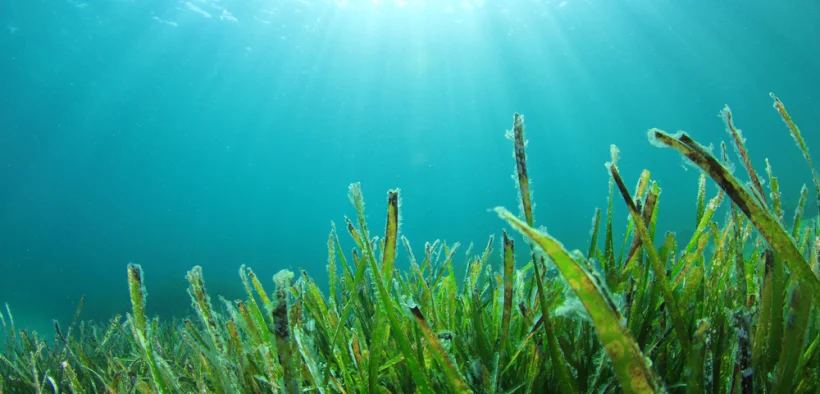50% of Earth’s Oxygen Comes from the Ocean
Share

Did You Know? 50% of Earth’s Oxygen Comes from the Ocean

While we often associate oxygen production with plants and trees, there’s another significant source of oxygen: the ocean. Scientists estimate that half of the Earth’s oxygen is generated by oceanic organisms, particularly phytoplankton—tiny drifting plants, algae, and some bacteria that photosynthesize. Despite their microscopic size, when these phytoplankton group together, they form green patches in the water, sometimes referred to as ocean slime.
Monitoring the exact oxygen contribution from the ocean is challenging, as plankton levels fluctuate with the seasons, water temperature, and nutrient availability. Satellite images help scientists track these changes. Oxygen levels also vary depending on factors like tides, and while the ocean generates about 50% of Earth’s oxygen, marine life also consumes a significant portion for breathing and energy.
However, the balance can be disrupted during algal blooms, where the decomposition of dead blooms consumes oxygen faster than it can be replenished. This results in low-oxygen areas, called hypoxia or “dead zones,” where marine life struggles to survive. The NOAA’s National Centers for Coastal Ocean Science is actively researching these phenomena to protect marine ecosystems and ensure the health of our environment.







